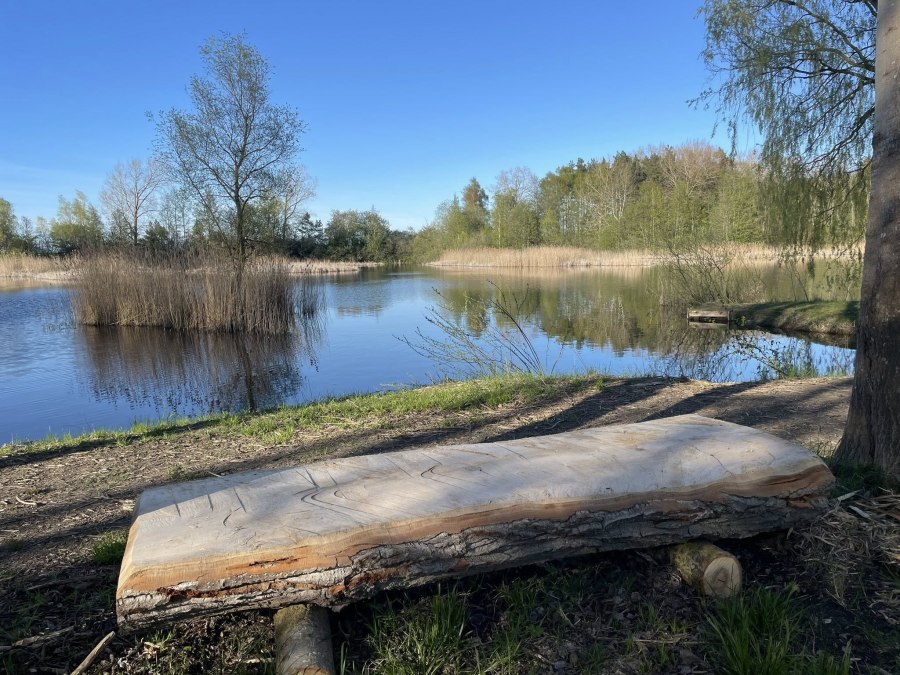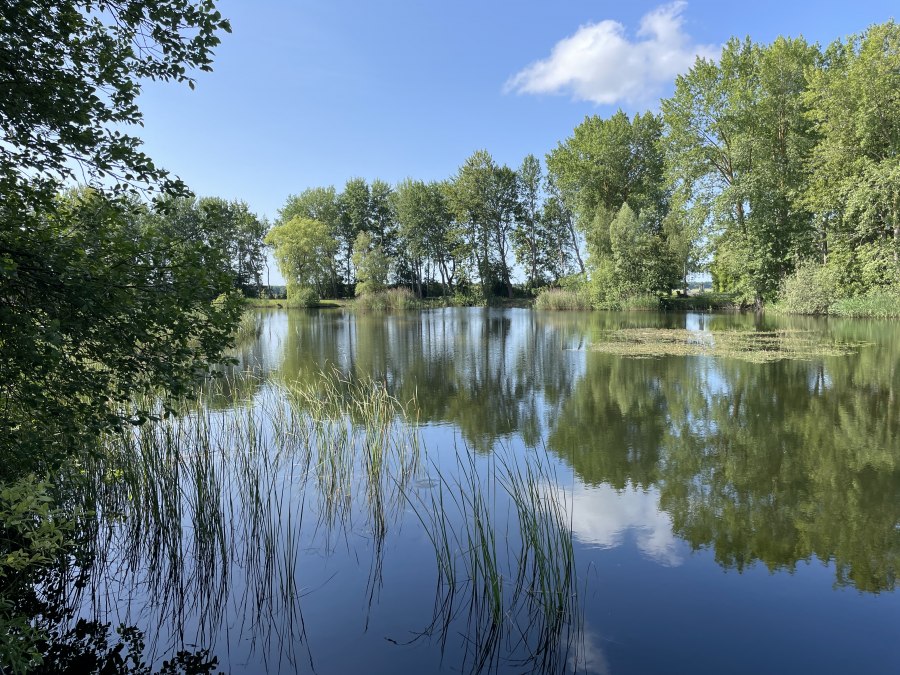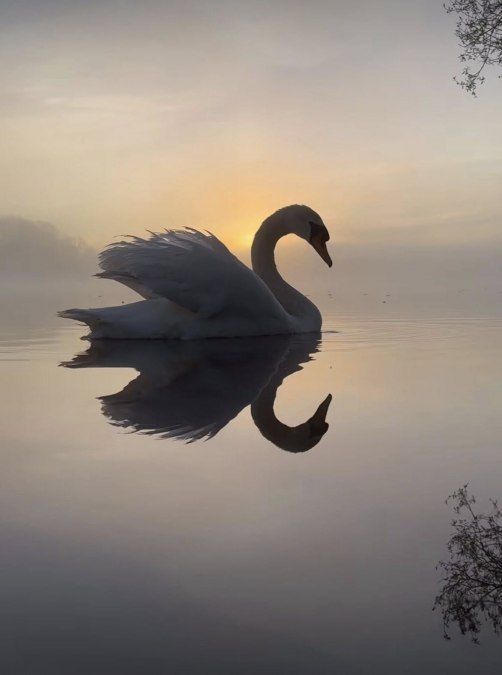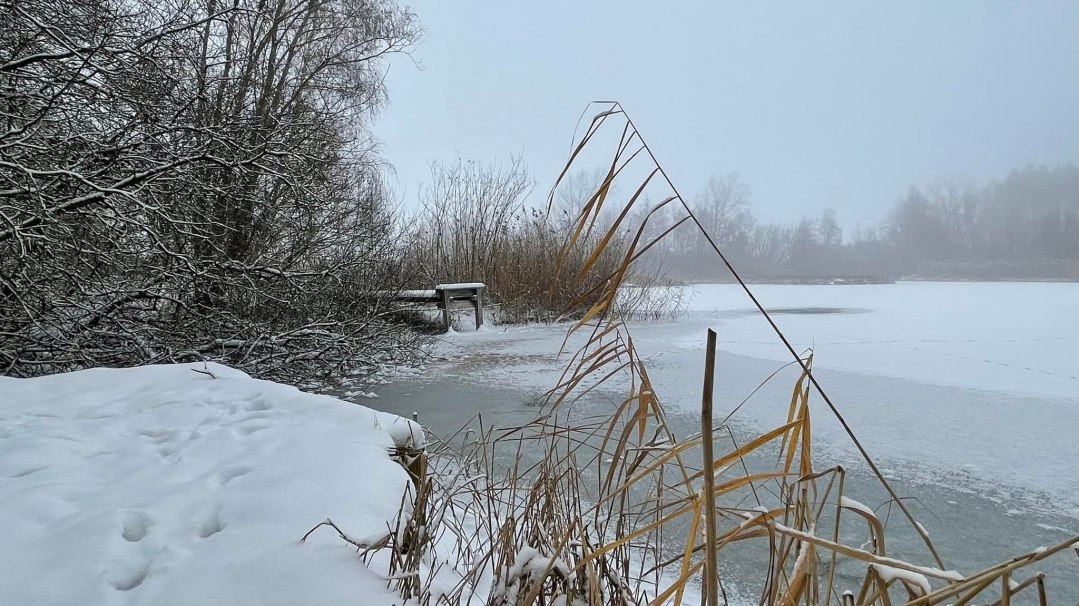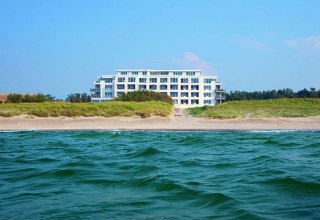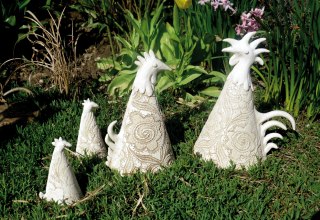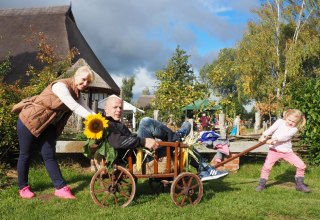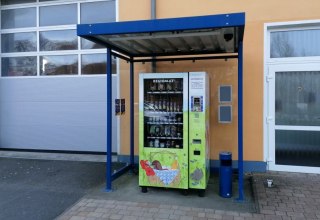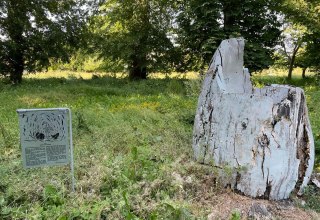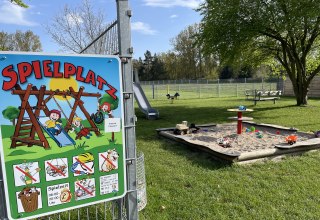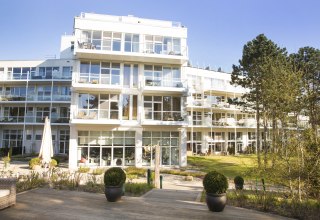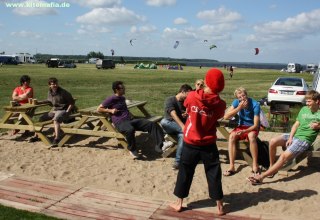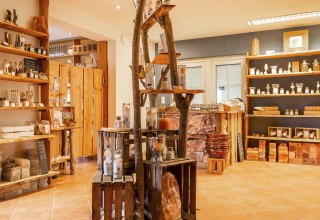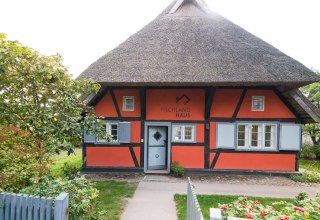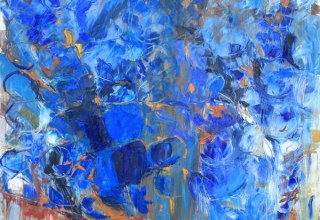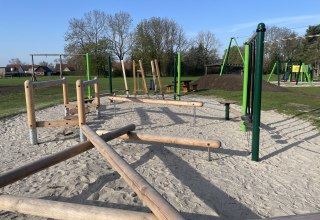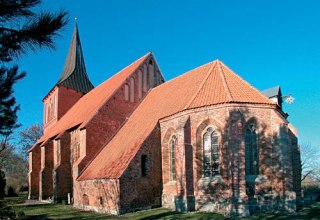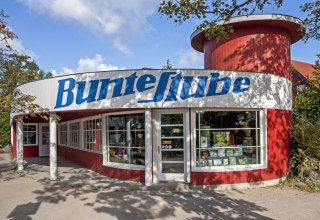The waters of the Saaler Tonkuhlen and the Saaler Bach are connected and are a popular fishing area.
The village of Saal on the Saaler Bodden is underlain by a clay massif with an average thickness of 3-4 meters. An excellent location for a brickworks. Around 1744, the "Saaler Krohn-Ziegelley" is mentioned in old documents and reports. In the following centuries, the capacity of the kilns and the number of local clay pits grew. In 1955, when Saal celebrated its 700th birthday, the brickworks was given a railway siding. This simplified the transportation of the bricks, which previously had to be transported to the customers by water (in earlier times) or very time-consuming overland on very poor roads. Operations were discontinued at the beginning of the 1990s.
Clay, like sand, gravel and boulders, is a relic of the ice age and was formed by the friction of the inland ice on the earth massif up to central Germany. As the ice melted, the Saale clay deposits came to light and the Bodden waters were created by the rise in sea level. The Baltic Sea brings the salt water into the lagoon, rainfall, the Saal stream and the other rivers wash the fresh water into the bodden.
Today, the Saaler Tonkuhlen and the Saaler Bach are popular freshwater fishing grounds. Fishing is practiced in Saal in peace and quiet. The Saal fishing club was founded in 1950 and has a large membership.
The state-approved recreation resort of Saal owns and leases the waters of the Saal fishing area and is increasingly developing it into a local recreation center with fishing piers, footpaths, orchards and many small resting places with views of the water and waterfowl.
The most frequently caught fish here are pike, perch, eel, roach, tench, rudd, carp and gudgeon. The most successful fishing method is float fishing.
Fishing permits are available from the Damgarten fishing store Weu, the tourist information center Südliche Boddenküste and online fishing permit portals.

